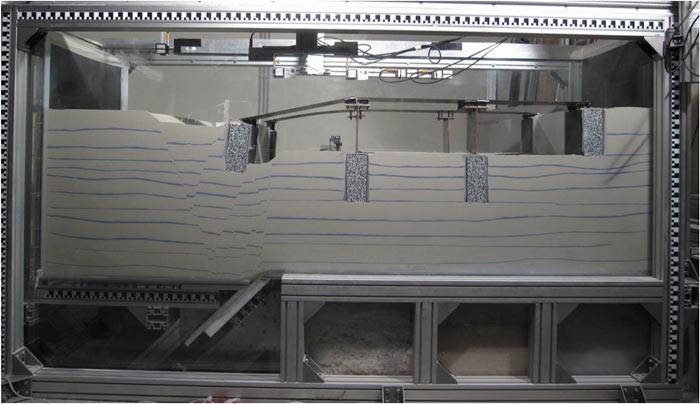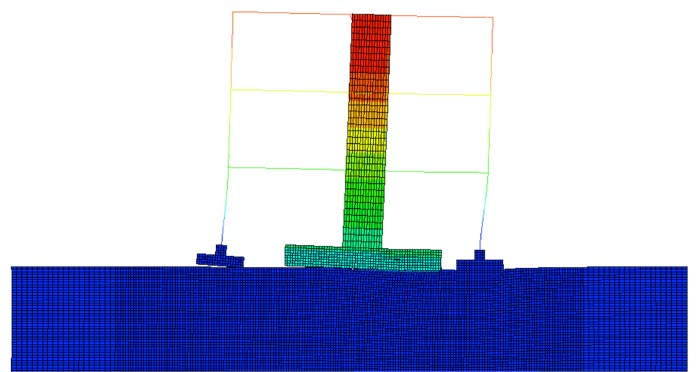SERIES: Seismic Engineering Research Infrastructures for European Synergies (2009-2012)
The scope of this project is to bridge the gaps of research in experimental earthquake engineering and structural dynamics: (a) the gap between Europe and the US-Japan, and (b) the gap between European countries with high seismicity but less advanced research infrastructures on one hand and some more technologically advanced but not so seismic-prone countries on the other. This goal is fulfilled by integrating the entire European RTD community in earthquake engineering through clustering and co-ordinated actions, joint research activities, and distribution of results and dissemination. The SGM group participates in the joint research activities, mainly focusing on (i) the implementation and application of new types of sensors, control techniques and modelling tools capable of enhancing the measurement of the response of test specimens and improving the quality of test control, and (ii) the development of new capabilities and techniques for experimental studies of wave propagation and soil structure interaction (SSI) phenomena, for surface and embedded structures, beyond what is the current practice of experimental research. The work involves the use of reaction wall and shaking table facilities, in conjunction with the use of centrifuges and field testing for assessment and calibration purposes.

1.Seismic Behavior of Typical Buildings on Pilotis taking account of soil (2010-2011)
The scope of this project is to shed light on the soil – foundation – superstructure interaction of building reinforced or retrofitted with pilotis type abuntments , taking into account the nonlinear response of the soil – foundation system. The key goal of this research project is a) the understanding of the consequences of the actual behavior of the superstructure and the foundation under significant cyclic eccentricity, (b) the extraction of push-over curves for the soil – foundation system and (c) the development of a simplified methodology for realistic design that can be incorporated into the KANEΠΕ.

